The Living Snow Fence
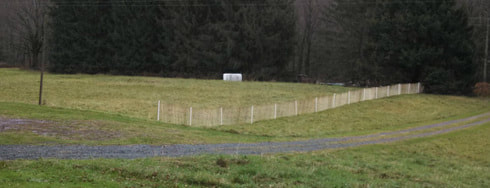 Our reusable snow fence.
Our reusable snow fence. On our home page you will find two articles about snow fences, one explaining how they work and one how to build a no-tools, reusable one. We put our reusable snow fence up every year around Thanksgiving and dismantle it in April and store it. This fence has helped us to keep one part of our long driveway almost free from snow and has cut down on our “snow work” after a snow storm has dumped a foot of snow or more.
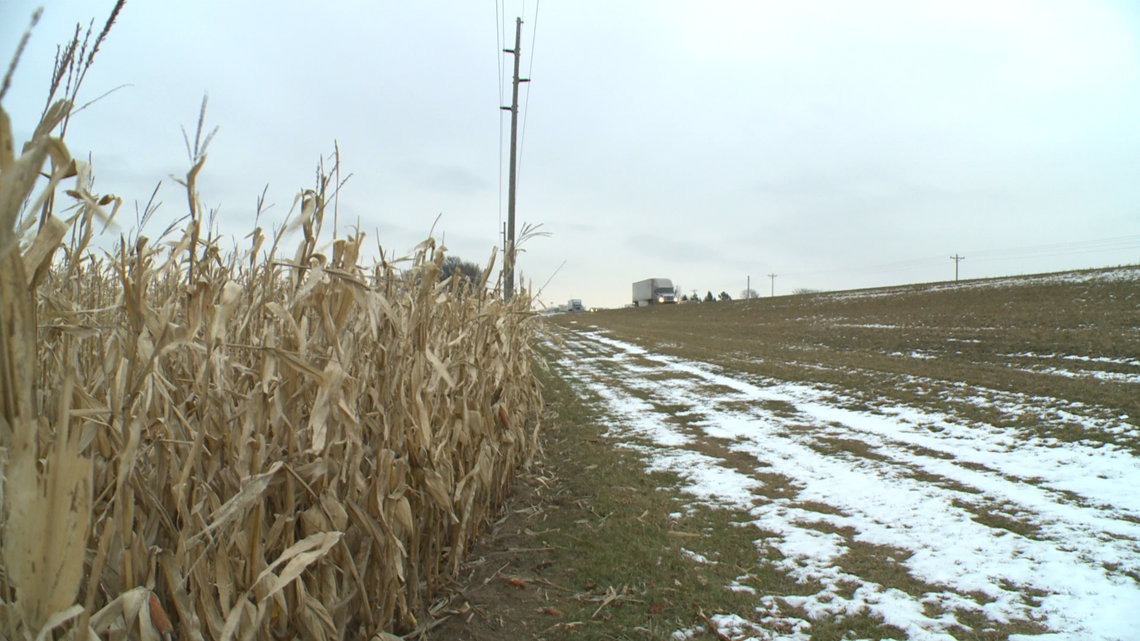
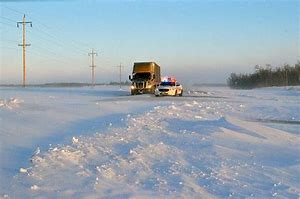
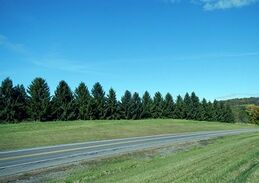
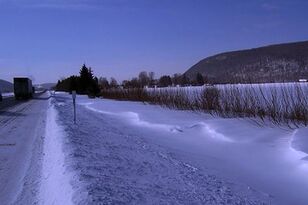
In areas where water is an issue, properly situated snow fences (either living or manufactured) can impound large quantities of water for later use in a dry summer or for crop irrigation or for ponds with poor water recharging. So snow fences can be used in places other than next to roads, to passively capture water in places that may need more of it in drier times of the year.
The living snow fence is more cost efficient and will provide other benefits. According to a government study, a living snow fence, such as trees, are better at catching blowing snow, even 12 times more effective than a slatted fence. And of course, trees provide a home for birds and attract bees.
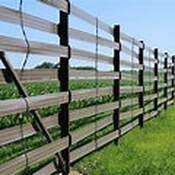
But there are drawbacks to some forms of living snow fences. Trees need more space and a bigger portion of the land will be out of producing a harvest. They take effort to get properly established initially for a few years and reach productive density. If they are set back from a long stretch of road, they will likely take the setback and the tree footprint areas permanently out of production for decades. Nevertheless, if there are government programs encouraging or offsetting this loss of revenue, it might be a good alternative. Proper placement for any individual area, is the key.
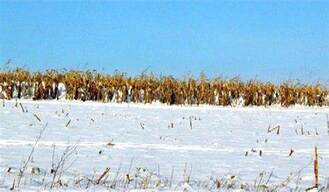
If no programs exist, it might be a good idea to try to get some going! In our region, the vast majority of County and State roads are bordered by private land, much of them next to large open fields where the winter winds are unimpeded. I remember forty years ago the Highway Departments used to put up snow fences along many stretches of roads where drifting was an acute problem. That practice has seemed to fall out of favor. Whether it is because of shrunken municipal budgets or just an increased reliance on ever bigger equipment, we cannot remember the last Town installed snow fence in our County. The costs of diesel fuel and equipment maintenance are big chunks in any Town budget.
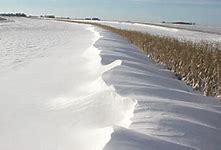
Considering the pros and cons of a living snow fence, in many instances they can be a clear winner. Their effectiveness is determined by type and placement in each unique spot. Local Agricultural Extension departments will have the information needed to do it well.
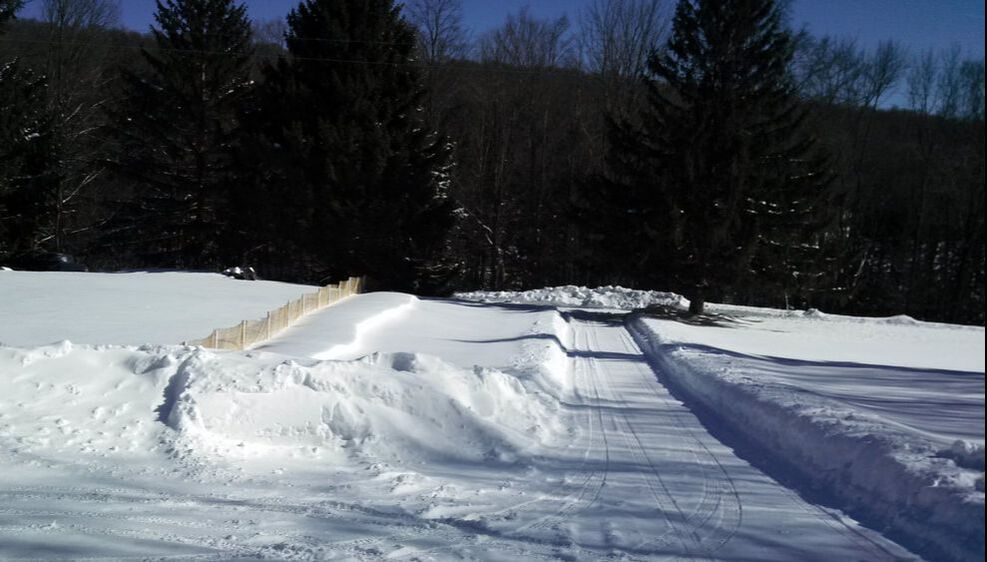
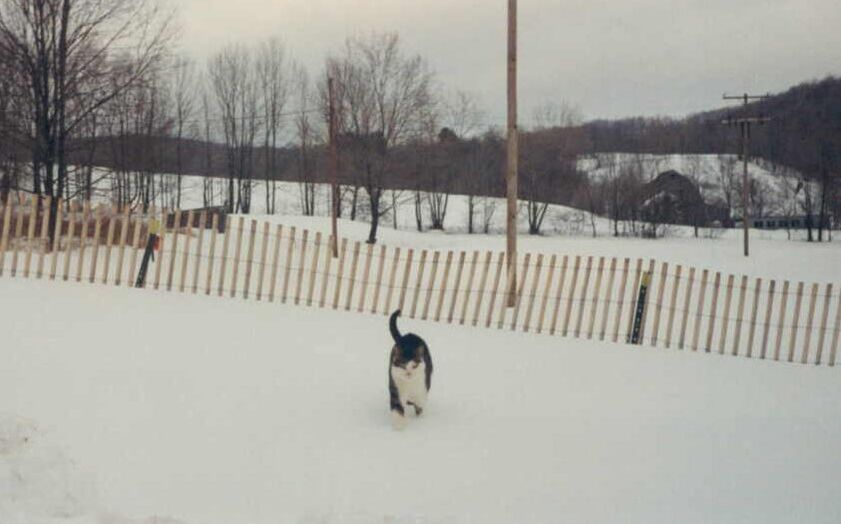
 RSS Feed
RSS Feed